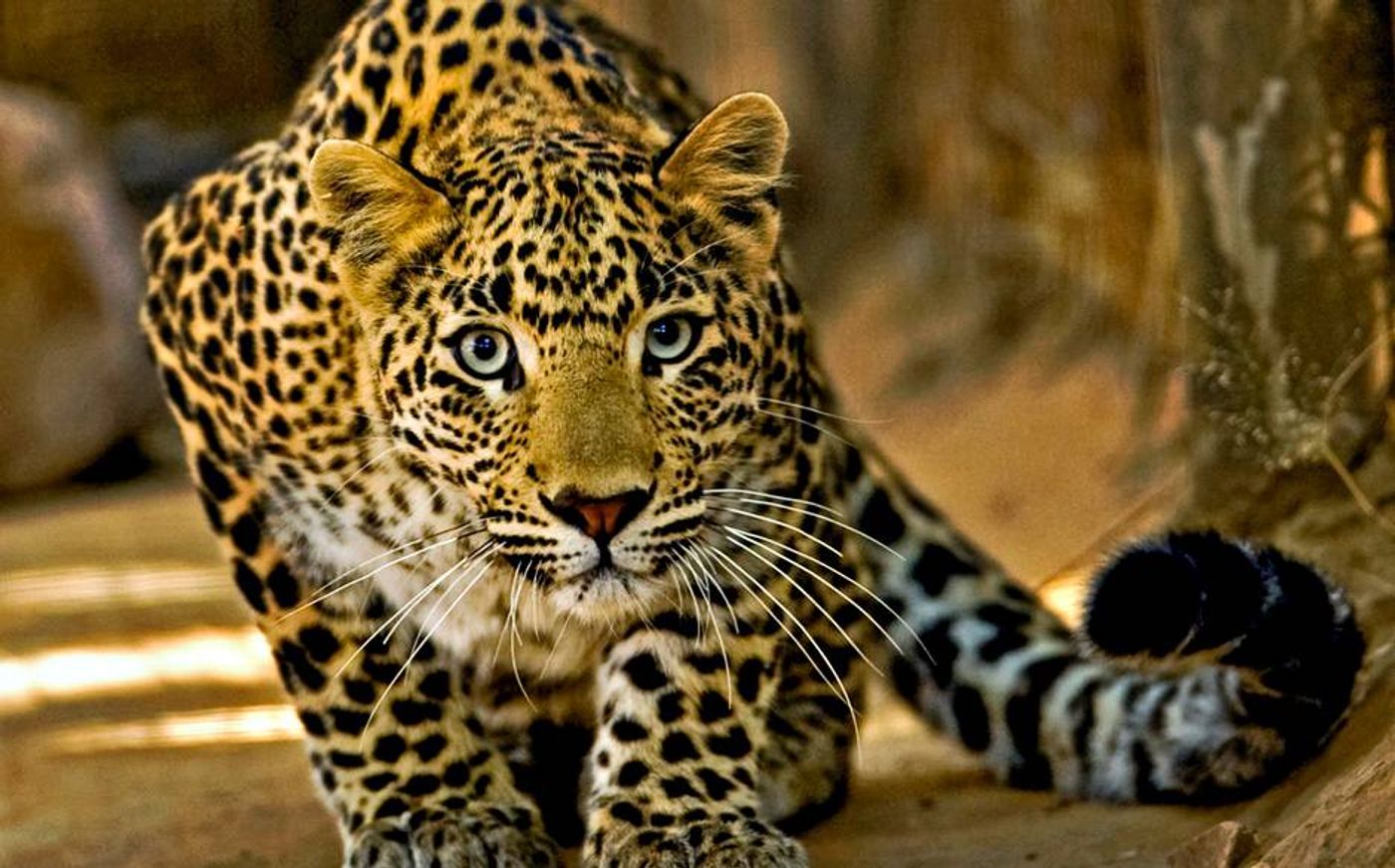Leopards Estimated to Have Lost Up to 75% of Their Historic Roaming Space
As humans continue to go about their lives, building themselves up as a civilization and increasing the coverage of our footprint on the planet, we leave less room for the wild animals that try to inhabit it.
Leopards are among one of the animals that are losing out. A study, published in PeerJ, finds that Leopards have lost up to 75% of their historic range that they’ve been known to occupy in the past.

The study was conducted by more than one research group, including the National Geographic Society's Big Cats Initiative, the Zoological Society of London (ZSL), and the International Union for Conservation of Nature (IUCN).
It’s estimated that the historic range regions for the big cat spanning Africa, Asia, and the middle East spanned a fair 35 million square kilometers, but because of modern agriculture and human intervention, that range is now shrunken down to a measly 8.5 million square kilometers.
It took the three groups to realize this because the leopard is already a rather difficult to track creature, and the fact that it’s so difficult to track means that it’s hard to figure out where their roaming spots really are. This collaborative effort would shed some more light.
“This study represents the first of its kind to assess the status of the leopard across the globe and all nine subspecies,” Lead author Andrew Jacobson, of the ZSL said in a statement.
Leopard habitation is reportedly rapidly declining in the region, especially that of the Asian leopard, which is said to have lost up to 98% of its habitats. The idea that these animals are actually doing well on their own in the wild is proving to be a fallacy and not actually a fact.
Fortunately for leopards, they are highly adaptive, and can provide for themselves even when humans are present and dominating their habitats. They have very versatile diets and are capable of surviving so long as they have the resources to hide from their prey and ambush it.
Unfortunately, all the deforestation and agriculture that is going on overseas is taking away a lot of that cover and leaving these animals out in the open where they’re unable to hunt and provide for themselves.
As this is the first study of its kind, more are likely to take place to test its accuracy and to continue to track leopard numbers in the region so that they don’t fall too low.
Source: Phys.org, PeerJ








